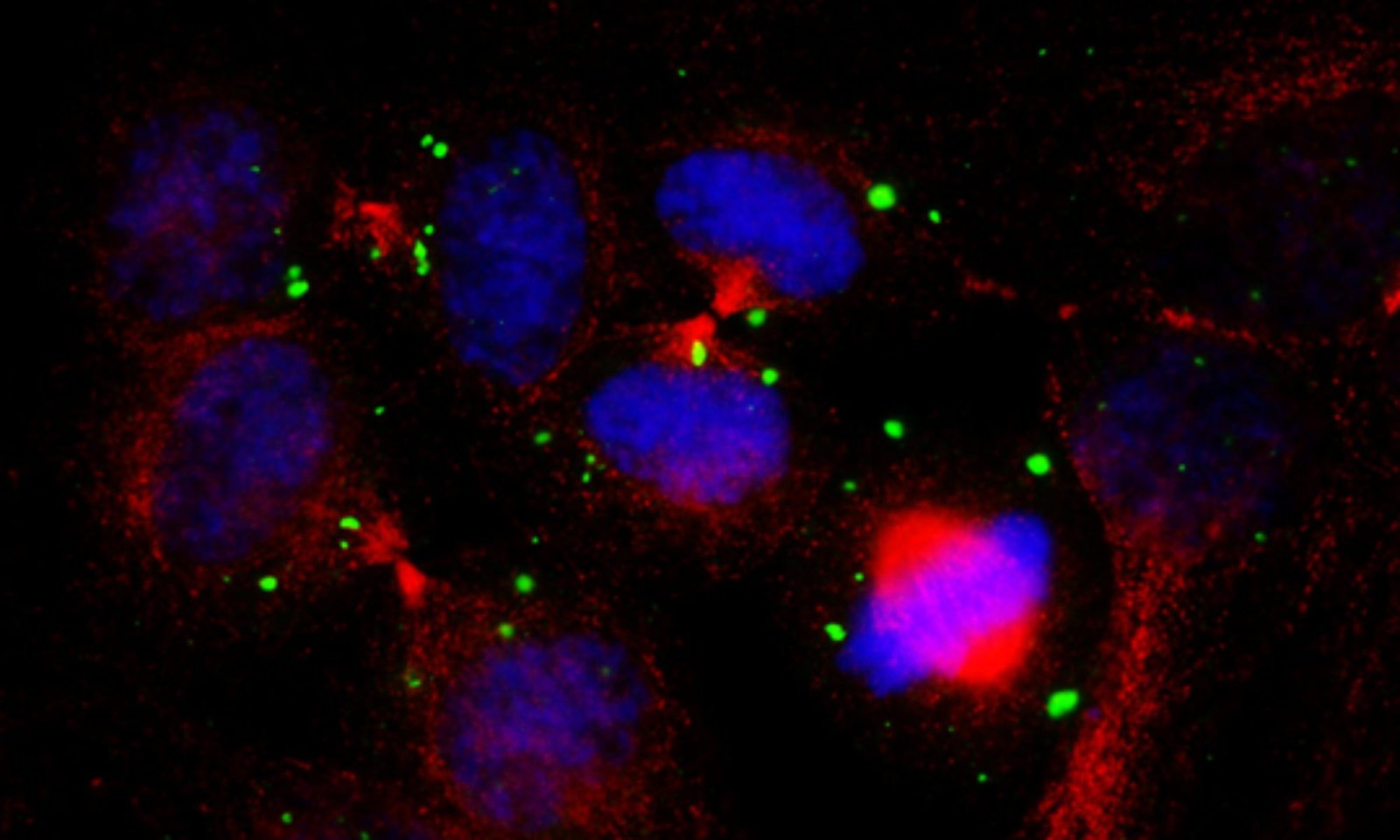By Paolo Bergamo and Lucia Treppiccione
Contribution participating in the INPST 2018 Science Communication Awards contest.
The increased awareness of consumers about the link between health and nutrition has driven research (and food industry) to explore the beneficial effects of functional foods (which promote health or prevent diseases). Although it can be affirmed that food contains “functional nutrients”, nevertheless, for some of them, dietary indications have changed a lot in the last years. This is the case of milk fat consumption that has been associated, for a long time, with increased incidence of cardiovascular diseases, dyslipidemia or obesity. However, in some recent studies, it was evidenced that milk and cheese intake reduced the cardiovascular risk, diseased mortality and the strongest protective effects were observed in consumers of whole dairy products (Dehghan, M.et al., Lancet. 2018). Among the beneficial components of milk fats, conjugated linoleic acid, owing to its prevailing healthy effects for humans, has been considered a functional ingredient (Kim, J.H. et al., Annu Rev Food Sci Technol. 2016). Although its beneficial effects have been first demonstrated more than thirty years ago, there is still much interest in investigating its protective efficacy and in understanding the mechanisms underlying its biological activities.
Continue reading “Multiple biological effects of conjugated linoleic acid may depend upon its ability to activate a multifunctional mechanism”




